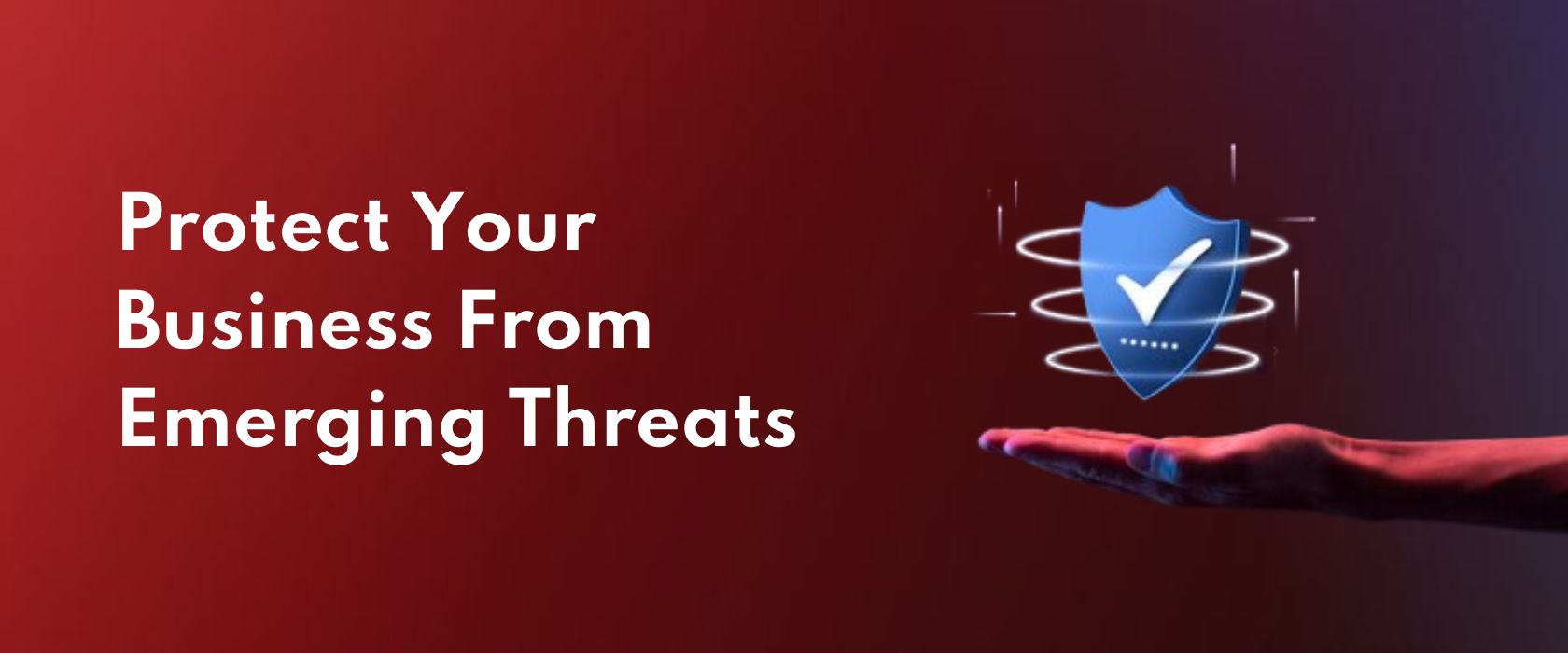Securing the Future: The Intersection of Business and Cyber Security

In today's rapidly evolving digital landscape, the symbiotic relationship between business and cyber security has become increasingly crucial. As technology continues to advance, so do the methods and tactics employed by cybercriminals. In this blog post, we'll explore the future of business in the context of cyber security and examine how organizations can stay ahead of emerging threats.
1. Rise of Cyber Threats:
With the proliferation of interconnected devices and the widespread adoption of cloud computing, businesses are more vulnerable to cyber attacks than ever before. Threat actors are becoming increasingly sophisticated, utilizing tactics such as ransomware, phishing, and social engineering to exploit vulnerabilities and compromise sensitive data.
2.Integration of Cyber Security into Business Strategy:
As cyber threats become more pervasive, organizations must view cyber security as an integral component of their overall business strategy. Rather than treating it as an afterthought, businesses should proactively incorporate cyber security measures into every aspect of their operations, from product development to customer service.
3.Embracing a Proactive Approach:
Traditional reactive approaches to cyber security are no longer sufficient in today's threat landscape. Businesses must adopt a proactive stance by implementing robust security protocols, conducting regular risk assessments, and staying abreast of emerging threats. This includes investing in advanced threat detection technologies and prioritizing employee education and training.
4.The Role of Artificial Intelligence and Machine Learning:
Artificial intelligence (AI) and machine learning (ML) technologies have emerged as powerful tools in the fight against cyber threats. These technologies enable businesses to analyze vast amounts of data in real-time, identify anomalous behaviour, and respond to potential threats more effectively. By leveraging AI and ML, organizations can enhance their cyber security posture and mitigate risks more efficiently.

5.Shift Towards Zero Trust Architecture:
With the traditional perimeter-based security model proving inadequate against modern cyber threats, many businesses are embracing a zero trust architecture. This model operates on the principle of "never trust, always verify," requiring strict authentication and authorization for every user and device attempting to access the network. By adopting a zero trust approach, organizations can minimize the risk of unauthorized access and data breaches.
6.The Importance of Collaboration and Information Sharing:
Cyber security is a collective responsibility that requires collaboration and information sharing among businesses, government agencies, and other stakeholders. By sharing threat intelligence and best practices, organizations can collectively strengthen their defences and respond more effectively to cyber-attacks.
7.Addressing the Human Factor:
While technological solutions play a crucial role in cyber security, addressing the human factor is equally important. Employees are often the weakest link in the security chain, inadvertently falling victim to phishing scams or failing to follow security protocols. Organizations must prioritize employee awareness training and cultivate a culture of security consciousness to mitigate the risk of human error.
In conclusion, the future of business is intricately linked to the realm of cyber security. As technology continues to advance, businesses must adapt and evolve their security strategies to stay one step ahead of cyber threats. By integrating cyber security into their core business practices, embracing proactive measures, leveraging emerging technologies, and fostering collaboration, organizations can navigate the evolving threat landscape with confidence and resilience.